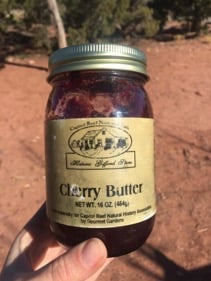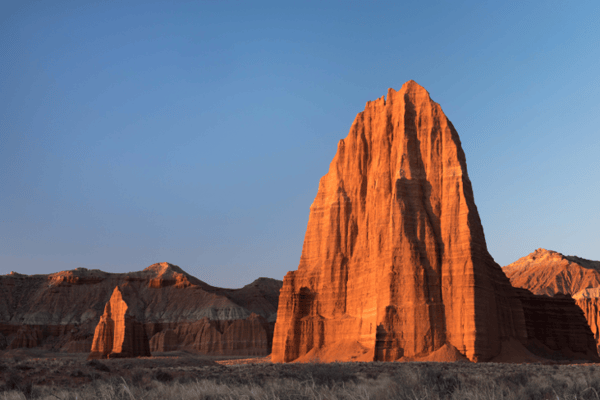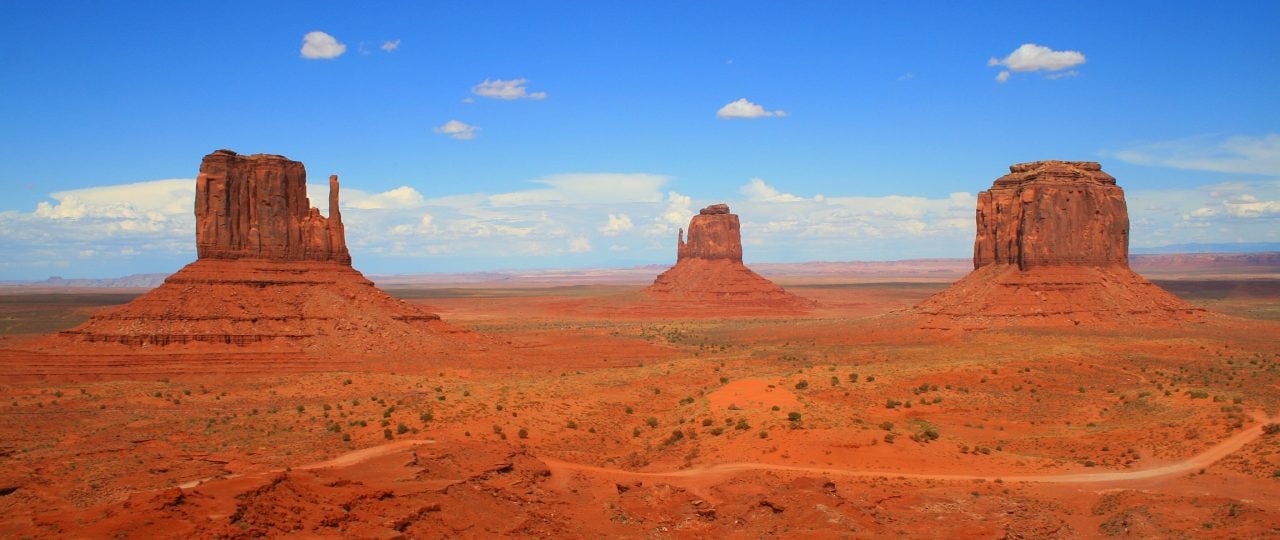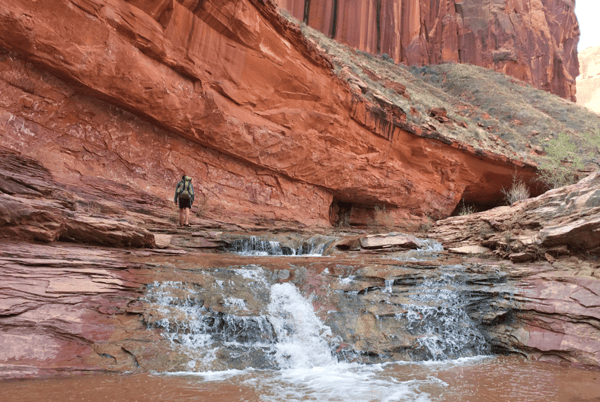The Secrets to Packing for a Desert Adventure in Utah
The red rock desert of southern Utah is an adventurer’s playground. Orange slot canyons, massive red walls, and otherworldly rock formations set the stage for a variety of active outings. In just one week you can be a canyoneer, trail runner, backpacker, 4x4 driver, photographer and casual day hiker. That is, if you're ready for it!
The canyonlands region is a place where arriving properly outfitted will make a huge difference in your successes and of your overall enjoyment of this special region. Below are a few tips, as well as some secret weapons, I’ve curated from my own desert experiences:
Food
Yes, don't forget your three squares... and a snack.
Breakfast: Keep it simple by boiling water for coffee and oatmeal. Consider beefing up the oats with some flavor. I prefer a combination of almond butter, banana, cacao powder, sliced almonds, chia seeds, and flax seed. Yum.
SECRET WEAPON: Swing by Capitol Reef National Park to score some of their homemade cherry butter – great on bagels or rice cakes along with almond butter.

Lunch: Snack frequently as opposed to gorging on a big lunch and then feeling lethargic for the next two hours. Hard-boiled eggs, cheese crackers and salami and your favorite bars are all good snacking staples. Peanut butter and jelly (or cherry butter!) sandwiches always make me feel good, too.
SECRET WEAPON: Roast a sweet potato in the fire the evening before your outing and eat that for lunch. Game changer.
Snack: Chips, salsa, and beer at the trailhead (Duh).

Dinner: Pre-cooked sausage (like Adele’s), rice and lots of veggies. If you have a fire to roast root veggies on, that’s even better. Remember to buy your wood in Utah instead of bringing it from your state. This helps keep little beasties and plant spores from colonizing new places.
SECRET WEAPON: Beer that is not from Utah (the high octane stuff that’s more for fun than hydration).
Desert Adventure Gear
Below is quick list of key gear that I take to the desert with me. Remember that it's cold at night and in shaded canyons, no matter how hot it is in the sun during the day.
- Backpack – Deuter Speed Lite 20 for day hiking, trail-running, short canyoneering; Deuter Guide 35+ for canyoneering; Deuter ACT Zero 50+15 for backpacking
- Approach shoes like 5.10 Guide Tennie or Camp 4’s
- Chacos or other snug-sitting sandals for water crossings and wet pools
- Ortovox Fleece Light Melange Hoody ½ Zip (midlayer)
- Ortovox Swisswool Light Tec Piz Boe Jacket (lightly insulating outerlayer)
- Water (in bottles)
- Map & orienteering compass
- Snacks/meals
- Lip balm
- Sunscreen
- Small first aid kit (you’re very remote out there!)
- Whistle (canyon country is a big convoluted place)
- Multitool (for who-knows-what)
SECRET WEAPON: A bivy sack is a great alternative to a tent that will keep sand out of your sleeping bag, offer wind protection (especially in canyon country) and will still shed water in the case of an unexpected rainstorm.

Getting Around
First off, don’t skimp on procuring some good paper maps that show the myriad of dirt roads and 4x4 tracks in the areas you’re visiting. Cell service is spotty at best in these wild canyon areas. And even when it’s good, apps like Google Maps don’t show many of the dirt roads you’ll need to access the exciting stuff. Being on a dirt road doesn’t automatically mean you’ll need to engage the 4x4, but truly getting off the beaten path and into the far-flung reaches of the labyrinthine desert will at least need high clearance. Most of all, be conservative and don’t get stuck out there; it could be a long time until someone else comes your way.
SECRET WEAPON: 4x4 with high clearance will get you just about anywhere. Think Tacoma or Xterra with all-terrain tires. For the real go-getters, sand driving skills are also warranted, as is a “recovery kit” to get your vehicle out of unfortunate situations.
Where To Go
Utah is littered with national parks, monuments, recreation areas, forests, BLM land, tribal parks and state parks. It’s easy to get oriented on the basics in each area. It’s also easy to plan a big route to see all of the major sites. To me though, the real trick is to set your sights on one smaller area and explore there. Moving too much just keeps you on the road more than adventuring on foot.
SECRET WEAPON: The locals. Talk to people. They'll help you dial you in on the special stuff. The good stuff. The stuff behind the curtain. They know where the real adventure begins (and it’s always nice to have someone to share a 4% beer with).

